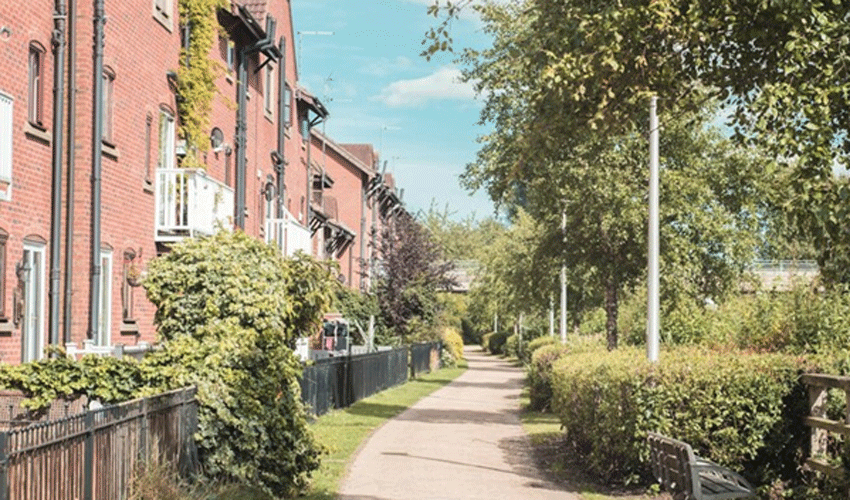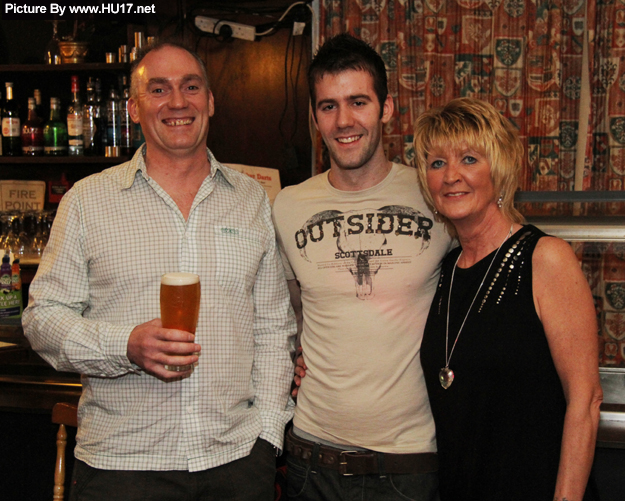
You would be forgiven for thinking of northern England as either industrial estates with grey buildings and grey skies or farmers in flat caps and tweed jackets. Film and television would gladly have us believe that the north is nothing more than a stereotype; but by delving deeper one discovers there are hidden gems around every corner in this part of the country.
Here are 10 interesting facts you didn’t know about the north of England:
• Manchester is one of the most forward-thinking cities in the world. As the world’s first industrial city, it is no surprise that Manchester has led us in many revolutionary discoveries. Arguably the most important ‘first’ that was made in Manchester was at the hands of Ernest Rutherford, the New Zealand born physicist who was responsible for the first splitting of the atom during his research and experimentation at Manchester University, and who won the Nobel Prize for this discovery in 1908. It’s hardly surprising, given Manchester’s reputation for raising the bar scientifically, that 25 Nobel Prize winners hailed from Manchester.
• The city remains a pioneer in not only scientific issues, but social issues too. Manchester holds one of the UK’s biggest gay pride marches and has a large multi-cultural community. Manchester Pride is a gay pride festival which lasts 10 days and features music, arts, poetry reading, film showing and ’The Big Weekend’; a 72 hour party on August’s bank holiday weekend which includes a march. The city is a popular holiday destination for tourists, and rooms in Manchester can always be found at reasonable rates.
• The pyramids aren’t just for Egypt! Liverpool has its very own pyramid; namely, the tomb of 19th century contractor William Mackenzie, who died in 1851 and was buried at St. Andrew’s Church on Rodney Street. Myths surrounding the pyramidal tomb suggest that Mackenzie was a heavy gambler and was placed upright within the tomb with a winning hand of cards in his hands. It is said that he had made a bet with the devil to hand over his soul at the end of the game, and by not completing his round he was able to cheat the devil.
• Liverpool has two cathedrals. The Liverpool Metropolitan Cathedral is a Roman Catholic cathedral which was designed after the Second World War and is one of Liverpool’s many listed buildings. To locals, it is sometimes known as ’Paddy’s Wigwam’ or ‘The Mersey Funnel’. Liverpool Anglican Cathedral is located about half a mile south of the Metropolitan Cathedral and, at 620 ft long, it is the longest cathedral in the world.
• Newcastle upon Tyne has more than one monumental wall. Though the most famous wall in the north east is one built by the Roman emperor Hadrian (which starts or finishes in Newcastle, depending on who you ask!), Newcastle upon Tyne has its own wall that once circled the city, the medieval town wall. This two mile wall was built in the 13th and 14th centuries, and to this day some of Newcastle’s streets are still named after the six gates which intersected it. By the mid-18th century the wall had become obsolete; the most substantial remains are in the west of the city. There are many fascinating ruins throughout Newcastle; the city provides walking trails so that you can see them all, and there is accommodation from HotelClub in Newcastle upon Tyne if you need a place to stay.
• There are some unexpected street names in the north of England. Far from your usual High Street or Bridge Street, York’s shortest street (32 metres long) has the longest name: Whip-ma-whop-ma Street. York is full of amazing medieval streets and buildings that are well worth a journey. There are many hotels in York, enabling you to stay close to the sites which are rich in history. Another street name worth looking out for is The Land of Green Ginger; a narrow street in the old town of Kingston upon Hull.
• Sheffield holds the UK’s tallest University building. The ‘Arts Tower’ is part of Sheffield University, and is the second tallest building in the city. It has 20 floors and houses the Departments of Philosophy, Biblical Studies, Architecture and much more. There is also a coffee shop, and it is open to the public.
• Sheffield is also the hometown of the world’s oldest football club. Founded in 1857, the Sheffield Football Club held matches within the club due to the lack of competition; married people would play single people and professionals would play ‘the rest’. Sheffield is also famous for holding one of the UK’s largest shopping centres. Meadowhall, which was built in September 1990 and has a floor area of 1,500,000 sq ft which includes over 280 stores.
• People kept their horses clean in Hull. Down by Hull Pier, tourists have often been known to double-take at an old contraption that they can’t quite work out. It is actually an old horse wash, where men would take their horses to wash by the river after a hard day at work. Of course, it is no longer in use, but it is a great talking point for locals and is the focus of many Kingston upon Hull postcards and photographs.
• Hull is one of the few cities who can boast award winning toilets. Due to the care and attention given to keeping the buildings in pristine condition at all times The Victorian and Edwardian toilets throughout the city are decorated with hanging baskets and polished bronze and are still open, free of charge, to the public.












